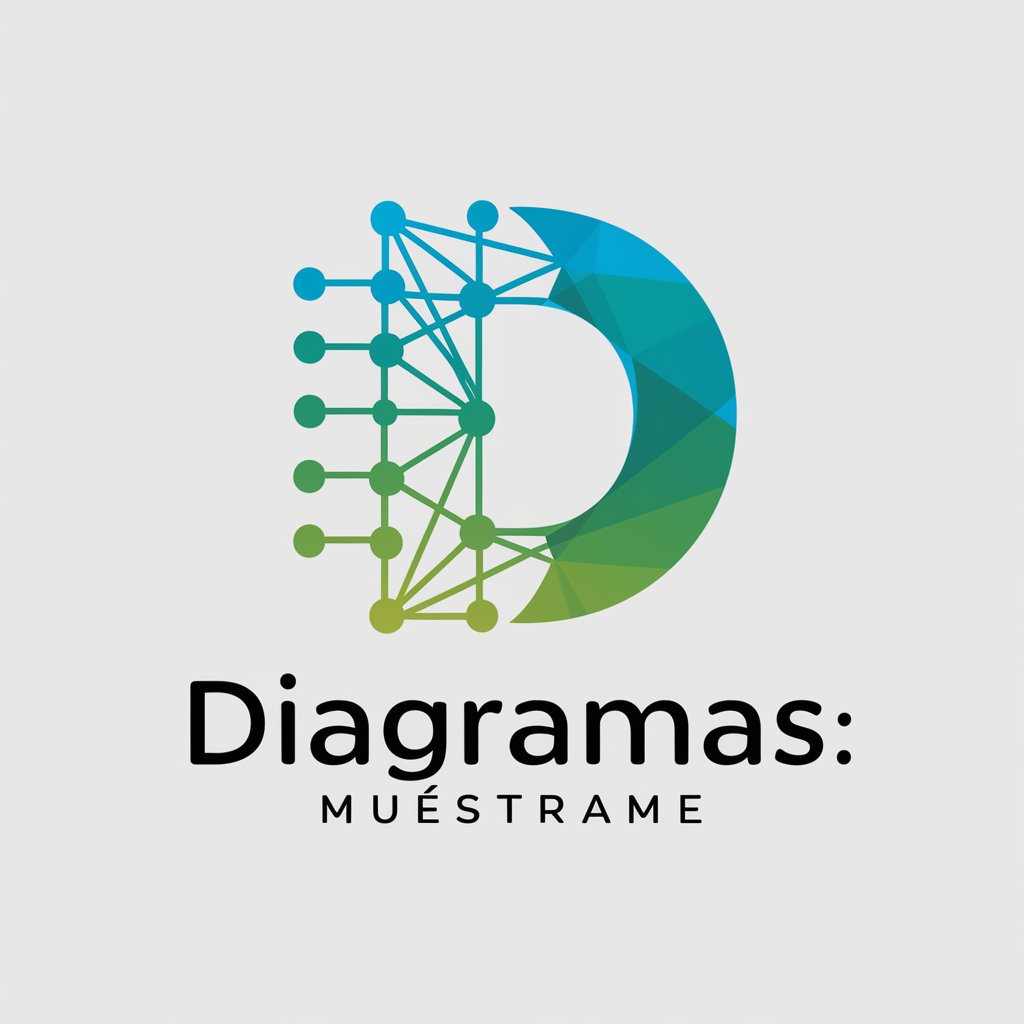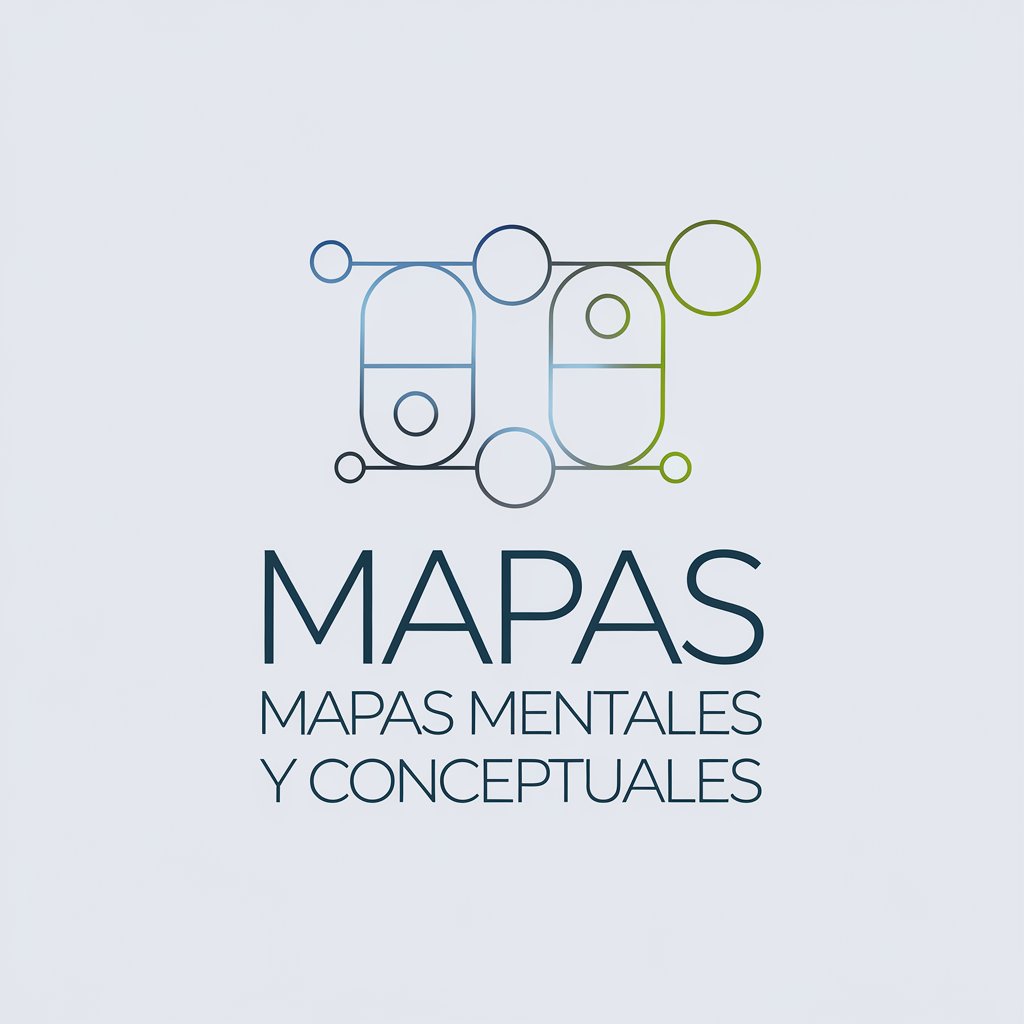
Esquematizador-AI schematic summarizer tool
AI-powered structured summaries in seconds.

Generates schematic summaries in table form from text
Summarize this article into a table.
Create a table summary for the following details.
Transform these notes into a schematic table.
Generate a table highlighting key concepts from this text.
Get Embed Code
Introduction to Esquematizador
Esquematizador is an AI-driven platform designed to transform complex texts into organized, schematic tables. Its core function is toEsquematizador Detailed Overview provide clear, structured insights into dense content, making it more digestible and accessible. The system is designed to break down intricate concepts into easily comparable data points, ensuring users gain a deeper understanding without being overwhelmed by unnecessary information. One of the distinguishing features of Esquematizador is its ability to create tables that serve as effective study aids, comparative analysis tools, or simple visual breakdowns of textual content. For example, a detailed academic article can be converted into a table that highlights key arguments, supporting evidence, and conclusions, making it easier to digest and compare. Another example is analyzing a report, where the platform extracts data points such as figures, facts, and conclusions into a well-organized format. This helps users retain and apply the information effectively.
Main Functions of Esquematizador
Content Summarization and Simplification
Example
Converting a lengthy research paper onEsquematizador Functions Overview quantum physics into a table that breaks down the main theories, experiments, and findings.
Scenario
A student studying for an exam on quantum physics can input the paper into Esquematizador. The platform generates a table that organizes the various theories (like quantum entanglement, superposition, etc.), key experiments (such as the double-slit experiment), and conclusions, making it easier to review key concepts before an exam.
Comparative Analysis
Example
Creating a comparative table between two economic policies from different countries, highlighting similarities and differences in approaches, outcomes, and contexts.
Scenario
A policy analyst needs to evaluate economic policies from two countries. By using Esquematizador, the analyst can input detailed reports on the policies and generate a table that compares their objectives, implementation methods, results, and social impacts, helping in making informed recommendations for future policy-making.
Visual Data Representation
Example
Transforming a complex financial report into a table that visually organizes financial metrics (e.g., revenue, profit, loss) and presents trends over time.
Scenario
A financial analyst working with quarterly earnings reports can input the financial data into Esquematizador, and it will generate a table that organizes revenue streams, costs, and profit margins over different periods, allowing the analyst to quickly spot trends and anomalies, facilitating quicker decision-making.
Ideal Users of Esquematizador
Academics and Researchers
This group benefits from Esquematizador as it allows them to distill large volumes of scholarly information into manageable formats. Whether it's research papers, scientific articles, or academic journals, Esquematizador helps to break down complex theories, methodologies, and findings into clear and concise tables. For example, a researcher conducting a literature review could input multiple papers into Esquematizador, which would generate comparative tables that highlight key themes, methodologies, and conclusions, saving time and aiding in comprehensive analysis.
Policy Analysts and Strategists
Policy analysts use Esquematizador to synthesize and compare various reports, legislation, or strategies. The platform’s ability to create comparative tables allows analysts to highlight similarities and differences in policy approaches across different regions or sectors. For example, when analyzing international climate policies, an analyst can input policy documents into Esquematizador, which will produce tables that compare each country's approaches, outcomes, and long-term sustainability.
Students and Educators
Students and educators benefit from Esquematizador’s ability to simplify and organize educational content. Students can use the platform to create study aids by converting textbooks, notes, or research papers into structured tables for easy review. Educators can utilize it to create course materials, such as summaries of key topics or comparisons between different theories or models. For instance, a history student preparing for a test on World War II can input chapters into Esquematizador, which would produce tables summarizing events, key leaders, alliances, and outcomes.
Business Analysts and Financial Professionals
Business and financial professionals use Esquematizador to simplify reports, presentations, and data analyses. The platform can organize complex financial metrics, market trends, or business strategies into clear tables. For instance, a financial analyst reviewing annual reports can use Esquematizador to create tables summarizing key financial figures, trends, and company performance across different years, helping in strategic decision-making.
How to Use Esquematizador in 5 Steps
Step 1
Step 2
Prepare your source material: this can be a long-form text, article, lecture notes, or complex content that you want converted into a schematic summary.
Step 3
Paste or upload the content directly into the chat interface and specify that you want it transformed into a structured table using keywords, bullet points, and column-based organization.
Step 4
Optionally indicate the focus of your summary (e.g., comparison, thematic breakdown, chronological structure) to tailor the format for academic, technical, or general use.
Step 5
Review the schematic output for accuracy and depth. You can refine or expand any section by asking for clarification, adding new content, or reorganizing parts of the summary.
Try other advanced and practical GPTs
MIT App Inventor 2 App Maker
AI-powered app creation for beginners.

Travel Guide 🤠 Itinerary and Trip Planner
AI-powered trip planning with real-time suggestions

Glibatree Consistent Character Assistant
Create and maintain consistent character designs with AI.

日本語中国語相互翻訳機
AI-powered tool for precise Japanese-Chinese translation

Excel Generator
AI-powered Excel generator for smart automation

中文写作助手
AI-powered writing assistant for every task.

Machine Learning
AI-powered tool for smarter ML solutions

Pathfinder 2e Remastered Guide
AI-Powered Pathfinder Remastered Rules Expert

System Prompt Generator
Generate expert-level prompts powered by AI.

MBTI性格測試專家
Discover Your Personality with AI-Powered Insight

Contract, Agreement, Law (Not a Lawyer)
AI-powered Legal Document Generator

Practise English by Debating
Debate to Improve English with AI

- Academic Research
- Business Strategy
- Legal Analysis
- Medical Review
- Tech Briefing
Esquematizador: 5 Common Questions Answered
What exactly is Esquematizador?
Esquematizador is a specialized GPT tool designed to convert complexJSON Code Correction text into structured schematic summaries, typically in table format, using bullet points, keyword categorization, and column-based segmentation for comparative and analytical clarity.
What types of content can I summarize using Esquematizador?
You can input academic articles, legal texts, business reports, historical timelines, lecture transcripts, and more. The tool adapts to both technical and non-technical content, preserving depth while enhancing readability.
How is Esquematizador different from a regular summarization tool?
Unlike traditional summarizers that condense content linearly, Esquematizador emphasizes structural clarity. It organizes data across multiple columns, making it ideal for comparing concepts, highlighting hierarchies, and aiding retention and comprehension.
Can I customize the output format?
Yes. You can request specific table structures, column labels, levels of detail, or even thematic emphasis. Esquematizador can tailor the output to educational, corporate, or research needs based on your input.
Does it support multiple languages or only English?
While optimized for English, Esquematizador can process and format texts in multiple languages, especially Portuguese and Spanish, while preserving structure and clarity. However, language-specific nuances are best preserved when the input is in English or Portuguese.






